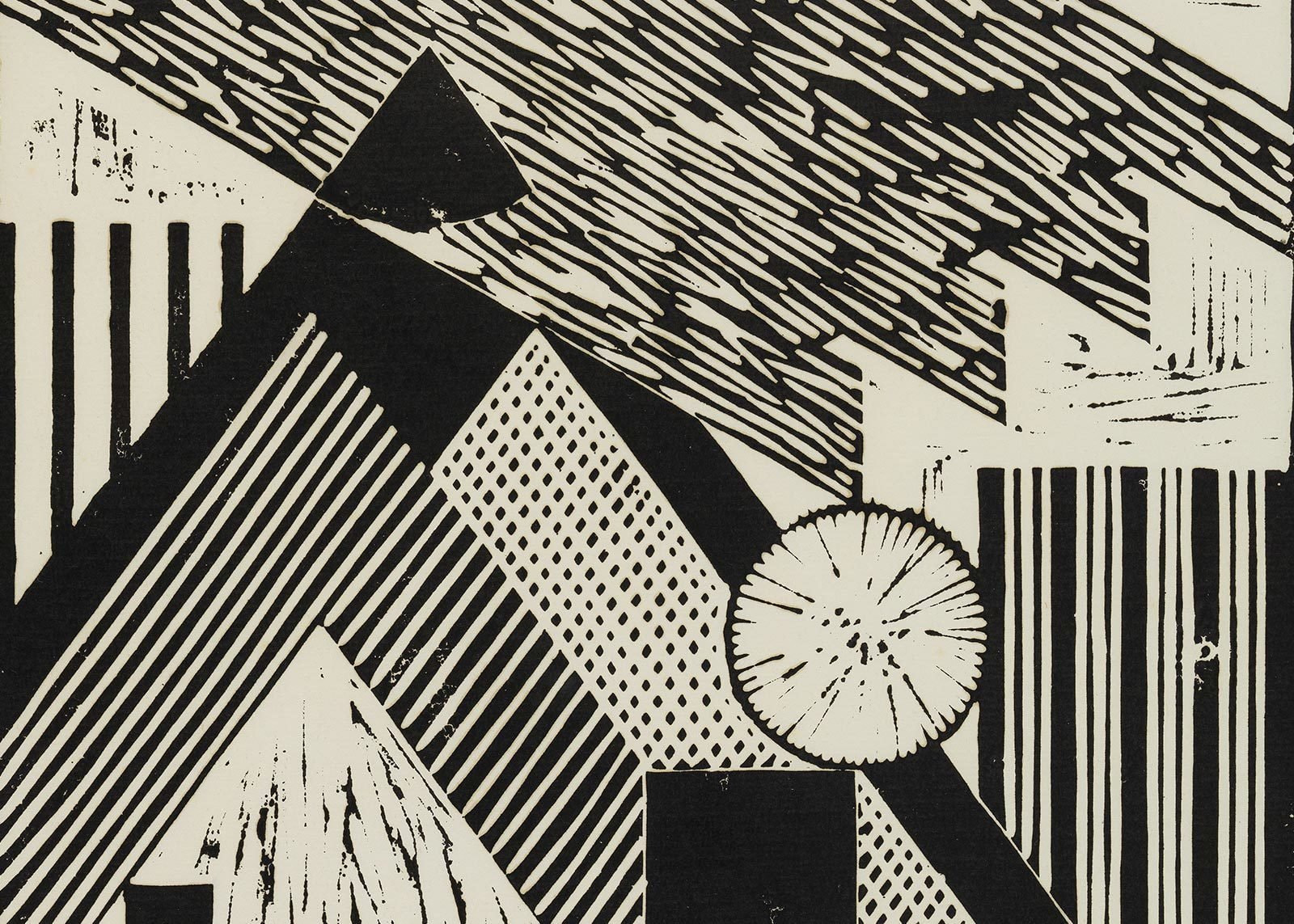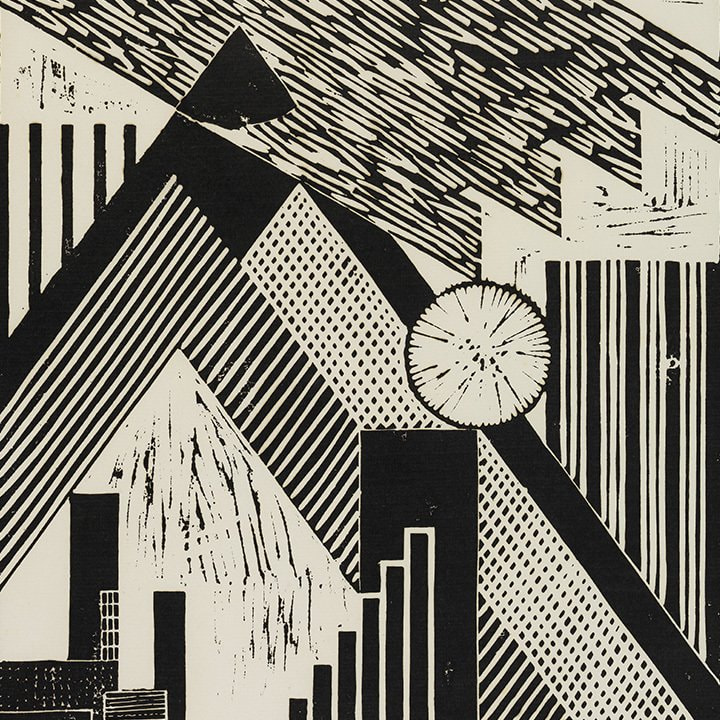For exhibition bauhaus imaginista: Moving Away. The Internationalist Architect contemporary practitioners have been invited to respond to the estates and produce readings of material relating to the socialist work and backgrounds of the four protagonists.
The bauhaus imaginista traces the complex relationship between the Bauhaus and the Soviet Union through the life and work of the second Bauhaus director Hannes Meyer and three Bauhaus graduates Philipp Tolziner, Konrad Püschel and Lotte Stam-Beese who were active as architects and city planners in the Soviet Union in the 1930s. Today these histories can be read through the material culture of their estates, stored in archives in Berlin, Dessau, Weimar, Frankfurt, Rotterdam, Zurich and Moscow. The power of collecting and ordering personal belongings and works opens up diverse readings about of what is left behind. Personal estates narrate social and political contexts of a work as well as personal intentions, private relations, precarious existences and changing geopolitical conditions of a practice and a life. In the frame of the opening artists and researchers Alice Creischer, Tatiana Efrussi, Thomas Flierl, Doreen Mende, Wendelien van Oldenborgh, Daniel Talesnik will present their different takes on the archives. Their work and presentations correspond with the memory work by the historical figures themselves as well as with a geopolitical condition before and after the end of the cold war as a frame of practice and interpretation.

